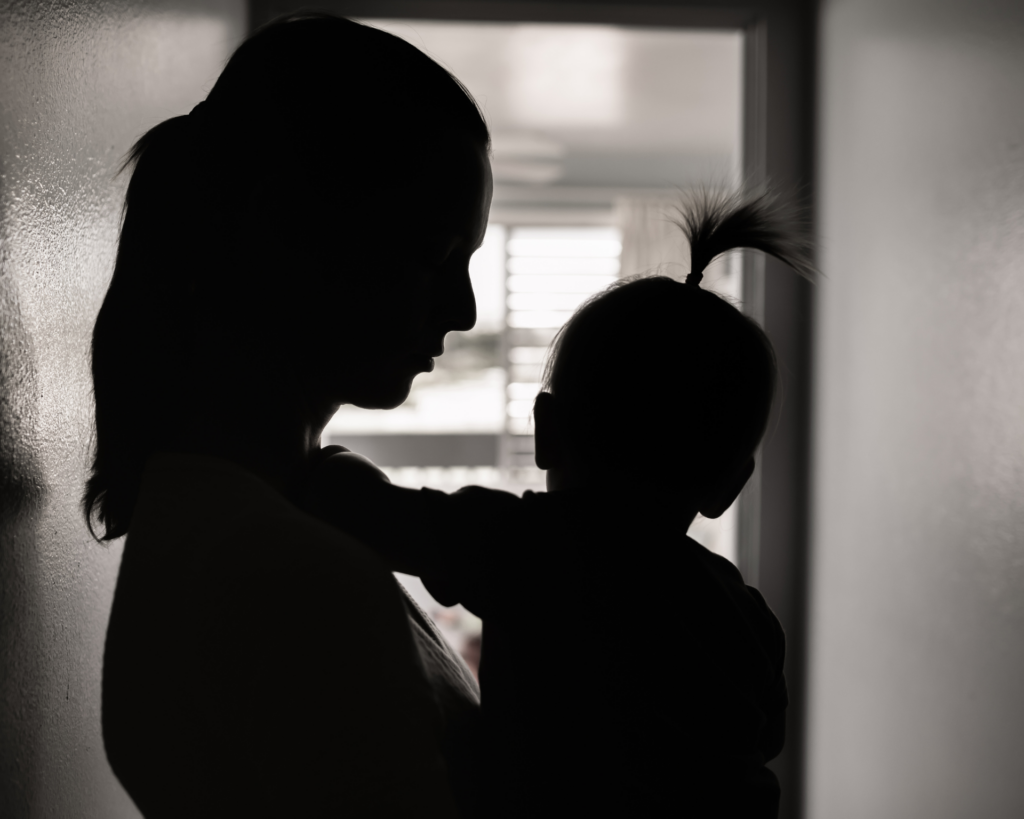It’s Not Like the Movies
Heterosexual pornography differs from reality and may reinforce unhealthy sexual behaviors and distorted sexual expectations based on gender.

Read Time: 4 minutes
Published:
It is not a revelation that sex in pornography does not imitate sex in real life. Contortionist positions. Unrealistic situations. And a concerning amount of body fluid.
Estimates vary on how many people watch porn today, but to say it is popular is an understatement. Pornhub, one of the leading free pornography websites, had an average of 115 million visits per day in 2019. And that is just one website. The age of the internet introduced unprecedented access to free pornography. As all media influences daily life, does pornography accurately reflect or affect sex in real life?
Niki Fritz and colleagues conducted a survey to see how often sexual behaviors performed in porn actually occur in real life sexual situations. They looked at responses from the 2014 National Survey of Sexual Health and Behavior and compared them to sex acts and behaviors in over 2,500 free, heterosexual videos from two mainstream pornography websites. The study only included responses from survey participants who reported their last sexual experience as with a person of the opposite sex.
Because pornography is notorious for not featuring condom use, one of the research questions looked at the differences between condom use on screen and off screen. Unsurprisingly, only 3% of scenes showed condom use. But 19% of survey responses said they used a condom during their last sexual experience.
When looking at other sexual behaviors, kissing was seen in 25% of the videos while 88% of respondents said kissing occurred during their last experience. Both male and female orgasm were reported at higher rates in real life than what was portrayed in the videos. Conversely, anal sex and fellatio happened more frequently in the videos than real-life accounts.
Teaching the unrealistic nature of scenes played out by porn actors may be essential in promoting safe sex, realistic expectations, and consent.
Much of heterosexual mainstream pornography is created by men for men. Sexual behaviors focusing on male pleasure are more frequently seen than those prioritizing female pleasure. The minimal amount of intimacy and affection in the sample videos could be reflections of gender stereotypes around men not being interested in kissing or other displays of affection. Viewing pornography without a critical lens may reinforce unhealthy sexual behaviors and distorted sexual expectations based on gender.
Comprehensive sex education could bridge the gap in understanding the difference between reality and fantasy, yet such education is lacking in much of America. Twenty-one states do not require any sex education to be taught in schools. Even fewer require sex education curriculum to include contraception instruction or consent information, let alone discussion of risk behaviors for sexually transmitted infections.
A nationally representative survey found that roughly 25% of young adults ages 18 to 24 cited pornography as being the most helpful sex education source, over parents, partners, media, and health care professionals. Adolescents who have questions not addressed at home or in school might turn to the internet for information while they are exploring their sexual identity and learning sexual behaviors. In 2021, PornHub also listed “how to” videos as the tenth most popular search term, indicating that people of varying ages turn to porn for educational purposes.
Understanding how pornography can be helpful or harmful to teens and young adults is important in a world saturated by pornography. Porn literacy is a newer sex education tool advocated for by some psychologists, sex educators, and public health experts. Such programs are increasingly critical as STIs are on the rise and higher porn consumption has been associated with casual condom-less sex. Teaching the unrealistic nature of scenes played out by porn actors may be essential in promoting safe sex, realistic expectations, and consent.
The increased accessibility of pornography creates a need to teach people how to think about porn for what it is: A fantasy tool often exhibiting gendered myths and unrealistic situations.
Photo via Getty Images



